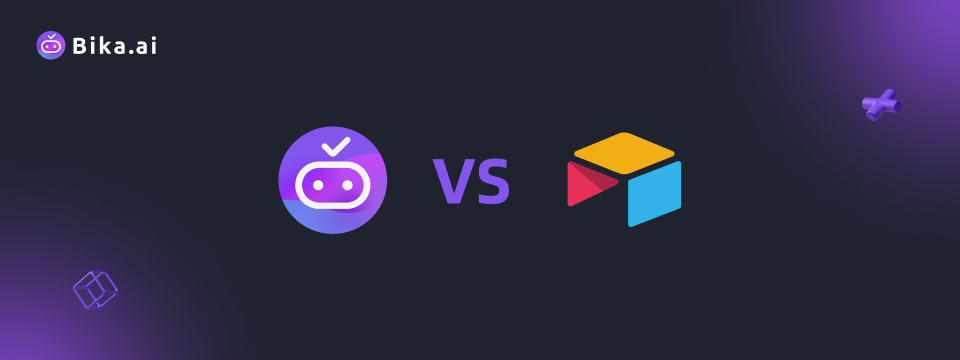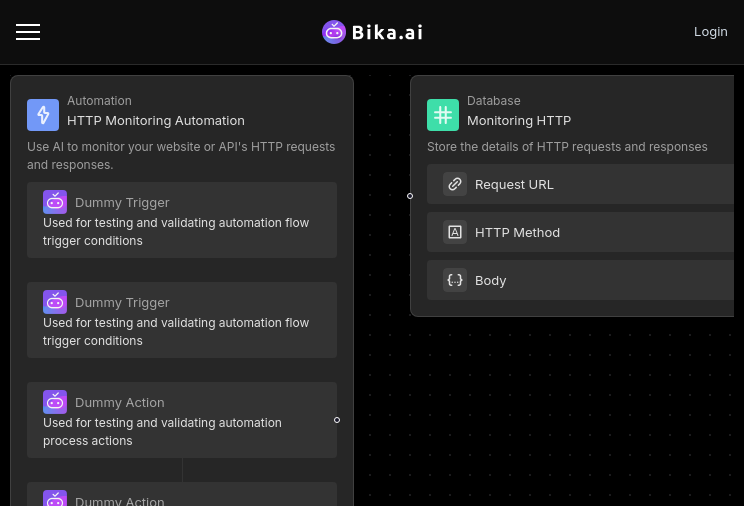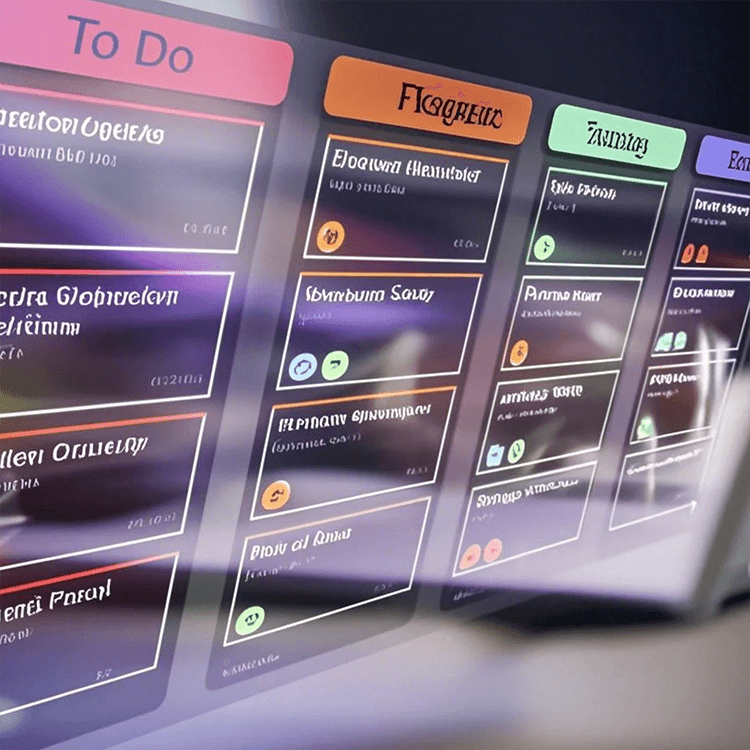
Bika.ai vs Airtable: To Log aggregation and visualization
Log Aggregation and Visualization Challenges
In the digital age, businesses and teams often face the complex task of log aggregation and visualization. This is not only crucial for understanding system performance and identifying potential issues but also for making informed decisions. Airtable has long been a go-to solution for many, but now, Bika.ai is emerging as a strong contender in this space.

Airtable vs Bika.ai: Key Features At a Glance
| Feature | Airtable | Bika.ai |
|---|---|---|
| Pricing | Free provided, paid plans from $20/user/month | Free provided, paid plans from $9.99/user/month |
| Platform Type | No-code database | No-code AI automation database |
| Ease of Use | Base structure is geeky for non-tech users | Directory tree is easy to use and user-friendly for general users |
| Records per Database | Up to 125,000 records per base for Business plan | Up to 1,500,000 records per database for Team plan |
| Automation | Basic automation capabilities with limited triggers and actions | Advanced automation capabilities with extensive triggers and actions |
| Template | Templates don’t include automation capability; no automation publish and share | Plenty of plug-and-play AI automated templates with preset content; supports automation publish and share |
| Storage | 100 GB of attachments per base | 800 GB per space |
| API | Limited APIs | API-first platform making every feature an integration endpoint for automation |
Bika.ai's Advantage Over Airtable
Bika.ai stands out in several key aspects when compared to Airtable.
Intuitive UI Layout
Airtable's UI, based on the concept of "bases," can be complex and challenging for non-tech users. In contrast, Bika.ai's directory tree layout is simple and user-friendly, designed for the average user.
Handling Large Data Volumes
Airtable's Business plan supports up to 150,000 records per base, with potential performance issues as limits are approached. Bika.ai's Team plan can handle up to 1,500,000 records per database, ensuring smooth performance even with vast amounts of data.
Advanced Automation
Airtable provides basic automation that requires manual setup and monitoring. Bika.ai, on the other hand, has AI-driven automation at its core, minimizing user input and enhancing productivity.
Plug-and-Play Templates
Airtable's templates lack automation and sharing capabilities. Bika.ai offers a range of templates with clear README guides, detailed architecture diagrams, and release histories, and supports publishing and sharing.

The Value of Log Aggregation and Visualization Automation
Log aggregation and visualization automation brings significant value to team collaboration. It leads to increased efficiency by reducing the time spent on manual data collection and analysis. It also saves time, reduces errors, and allows for customization to meet specific needs. Moreover, it offers convenience and cost savings. DevOps engineers, QA engineers, web developers, data analysts, and operations engineers can all benefit from this.

How to Use Bika.ai's HTTP Monitoring Template
The HTTP Monitoring template in Bika.ai is a powerful tool. Here are the steps to use it:
-
Install the Template
Install the HTTP Monitoring Template through the platform and receive a success message and guidance.
-
Enter URL Address
Before monitoring, enter your URL address by following the prompts.
-
Configure Monitoring
- Set the monitoring frequency, such as checking HTTP status every minute.
- Configure trigger conditions and actions.
-
View Reports
View the automatically generated reports and performance analyses to understand your website or API's status.
How to Switch From Airtable to Bika.ai
Switching from Airtable to Bika.ai is straightforward:
-
Export your data from Airtable in CSV or Excel format.
-
Sign up for Bika.ai and use its data import tools to transfer your data.
-
Set up your automation templates in Bika.ai and start experiencing the benefits of AI automation.
Now is the time to embrace Bika.ai and revolutionize your log aggregation and visualization processes!

Recommend Reading
- DingTalk Scheduled Notifications: Airtable Alternative to User feedback summaries
- Bika.ai vs Airtable: To Utilize AI for video
- Data Automation with Bika.ai: Unlocking New Potential for Slack Channel Scheduled Notifications in Holiday schedule notifications
- AI Data Automation with Bika.ai: Unlocking New Potential for Design project pipeline in Budget review
- HTTP Monitoring: Airtable Alternative to Server response time analysis
Recommend AI Automation Templates





